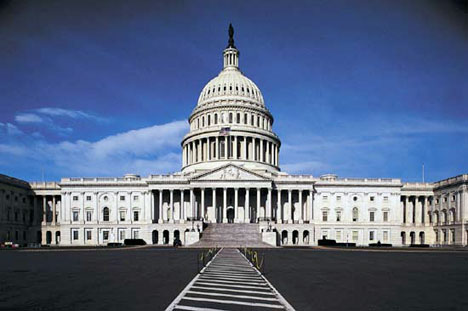
By Leah Gorham
In 2008, the big three credit rating agencies, Standard & Poor's, Moody's Investors Service and Fitch, agreed to reform their practices relating to complex mortgage-backed securities in the wake of the housing marker collapse. The agreement came after an investigation by New York State attorney general Andrew Cuomo's office into how the firms rated large mortgage security portfolios held and traded by major Wall Street banks.
However, since 2008, there has been little reform and now as Congress makes reforms on Wall Street, it seems that the Big Three are escaping the overhaul. Why isn't Congress making sweeping changes that change the flawed rating model that contributed to the housing collapse? Because lawmakers are afraid that bold measures may backfire because the Big Three are such an integral part of the country's debt issuance and larger economy. Also, Congress is not sure what an overhaul of the Big Three would look like.
There are some changes proposed in new legislation that will establish an office within the SEC to oversee the credit rating industry, and require all Nationally Recognized Statistical Rating Organizations (NRSROs) to establish governance procedures to manage conflicts of interest. There are also provisions that address concerns that the agencies’ fail to perform due diligence, especially with regard to structured finance offerings. Specifically, any third-party due diligence report in connection with an asset-backed security would have to be made publicly available by the issuer or underwriter. Another area impacting the operations of securities firms are provisions requiring rating agencies to publicly disclose information on initial ratings published for each type of security. By making these ratings public, the agencies would more carefully scrutinize preliminary ratings, and discourage informal “ratings shopping." While these changes may not add up to an overhaul by Congress, they wll impact the way the Big Three and other rating organizations operate.
Source 1, Source 2, Source 3
No comments:
Post a Comment